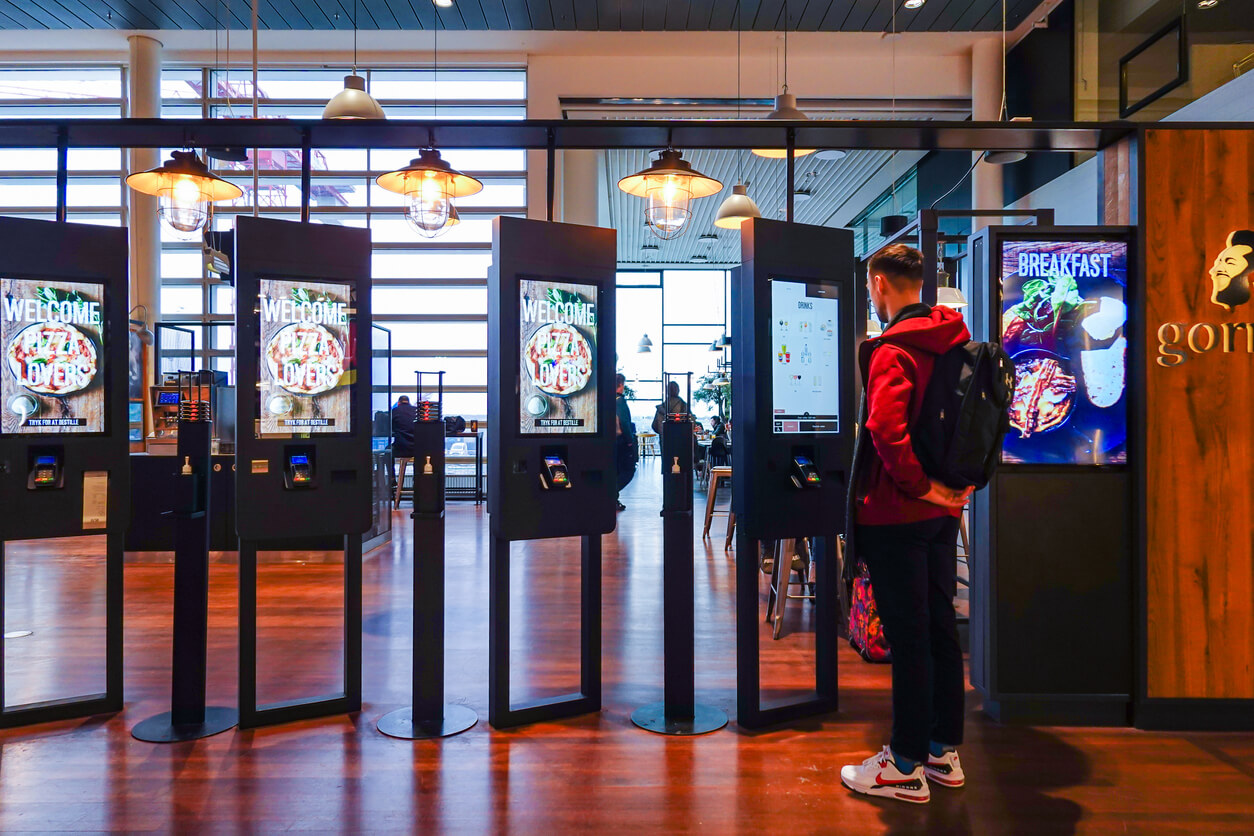Orchestration of services in Service Design
At its core, orchestration in service design ensures the harmonious collaboration of different elements involved in delivering a service. By aligning interactions, policies, procedures, and resources, orchestration positions and connects necessary actors to create a cohesive user experience or service experience. It combines various service providers and touchpoints, optimizing workflows and streamlining processes. This synergy enables the seamless integration of services, allowing organizations to enhance value for both employees and customers.
Service orchestration is all about maximizing business value
In service-oriented industries, where multiple parties contribute to service delivery, orchestration is indispensable. It empowers organizations to maximize customer value by efficiently coordinating diverse service components. You need to begin by mapping customer journeys and touchpoint interactions; the goal is for orchestration to unify actors and assets across moments (the moments in the stage of a journey) and touchpoints (the interaction between customer/ employee and the business, in that moment).
What service orchestration gives you
Service orchestration enables the consistent delivery of services, eliminates information gaps, and minimizes inconsistencies that could hinder customer or employee success. Whether it’s healthcare, banking, education, or IT services, effective orchestration enhances the customer & employee experience and builds trust and loyalty.
Orchestration goes beyond providing a seamless experience—it also aligns service delivery with CX/UX outcomes. By defining workflows, assigning responsibilities, and establishing clear communication channels, orchestration ensures that all stakeholder employees are working coherently.
Note: Service-level agreements (SLAs) are crucial in monitoring performance and maintaining service quality standards.
With effective orchestration, you can optimize resource utilization, eliminate bottlenecks, and enhance collaboration between entities in your service ecosystem. This results in more efficient and effective delivery of services, ultimately achieving your business outcomes.
How mobile apps aid orchestration
Mobile apps have become instrumental in delivering services in today’s digital landscape. They serve as both the launch and control pad for many service design interventions. In many cases, they have simply become a substitute for Customer Service channels. So how does orchestration impact mobile app strategy?
Orchestration plays a pivotal role in ensuring the seamless integration of mobile apps with other service components. It aligns mobile touchpoints with other channels and stakeholders, enabling a consistent user experience. Orchestration also involves managing data flow and information exchange between mobile apps and backend systems. By effectively orchestrating mobile apps within the larger service ecosystem, organizations can leverage the power of real-time exchanges to enhance the back-and-forth between customer and employee during a service exchange.
Orchestration of services in Service Design
Orchestration in service design is a powerful technique that enables organizations to deliver seamless and integrated experiences for employees and customers. By aligning interactions, policies, procedures, and resources, orchestration optimizes service delivery and enhances customer value. It ensures that diverse service components work together efficiently, ultimately achieving the desired outcomes.
Learn more on this upcoming webinar on the Orchestration of Services in Service Design at the UX Inner Circle. Why Join? or Try it for 30 days…








